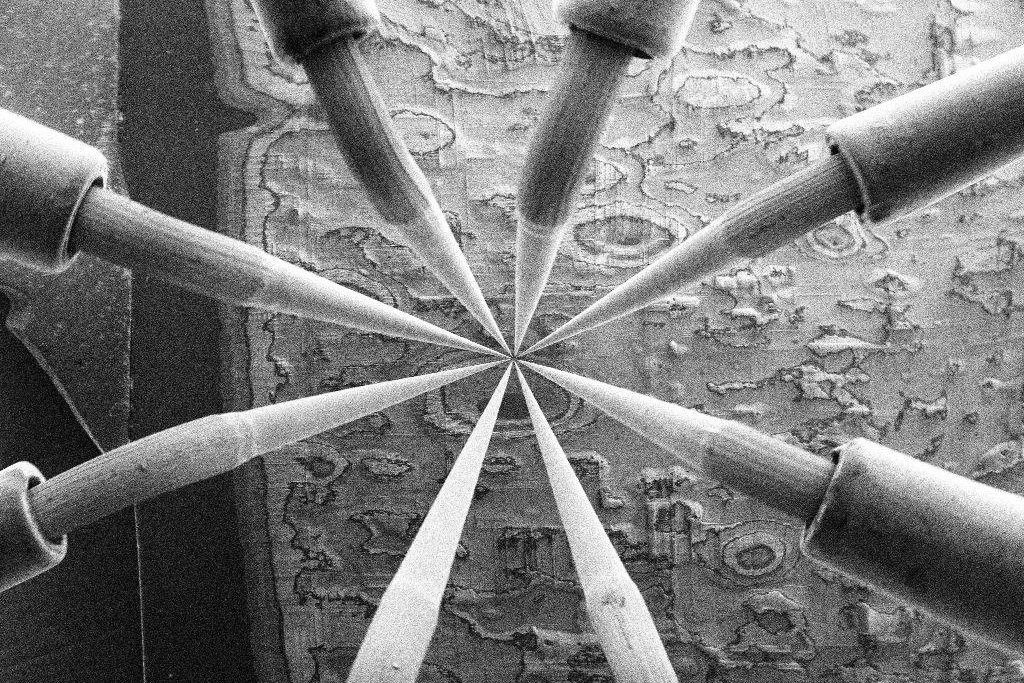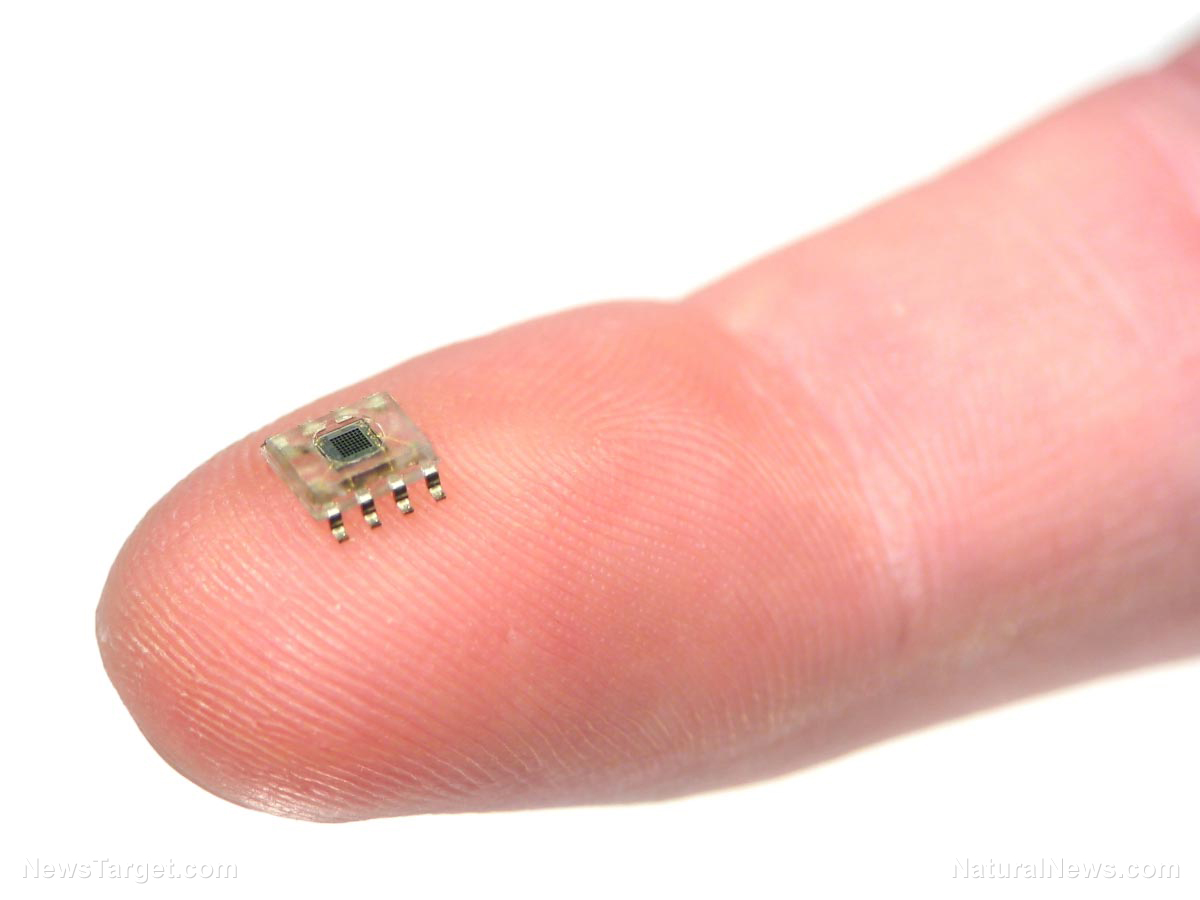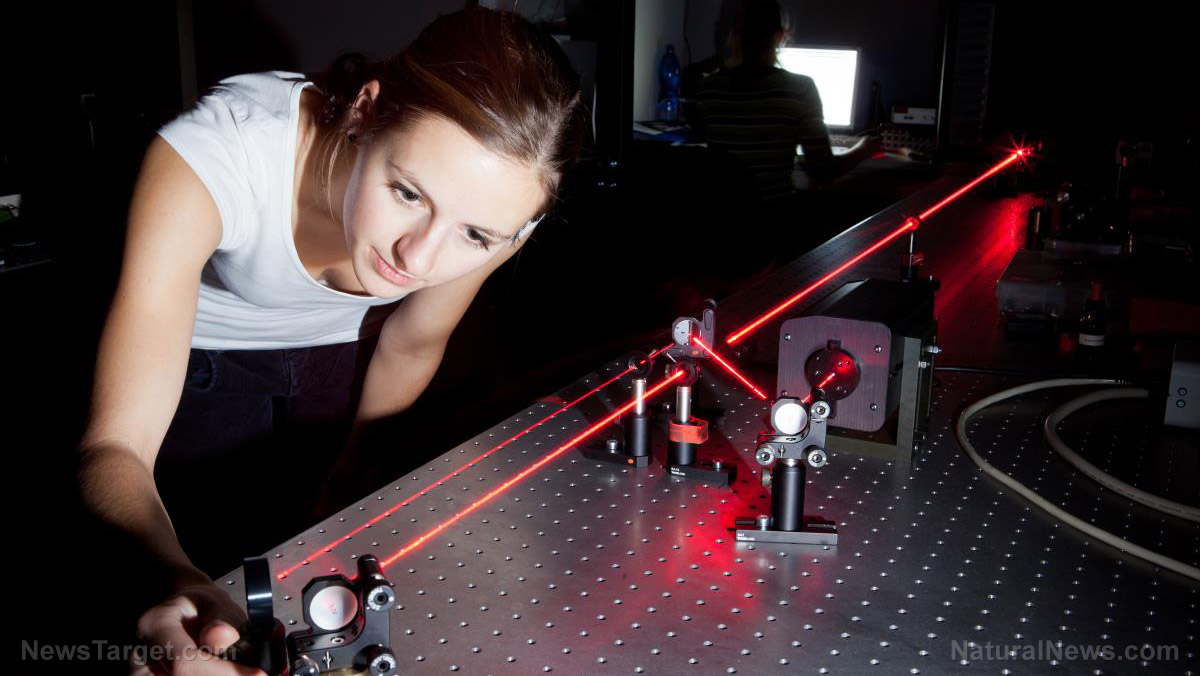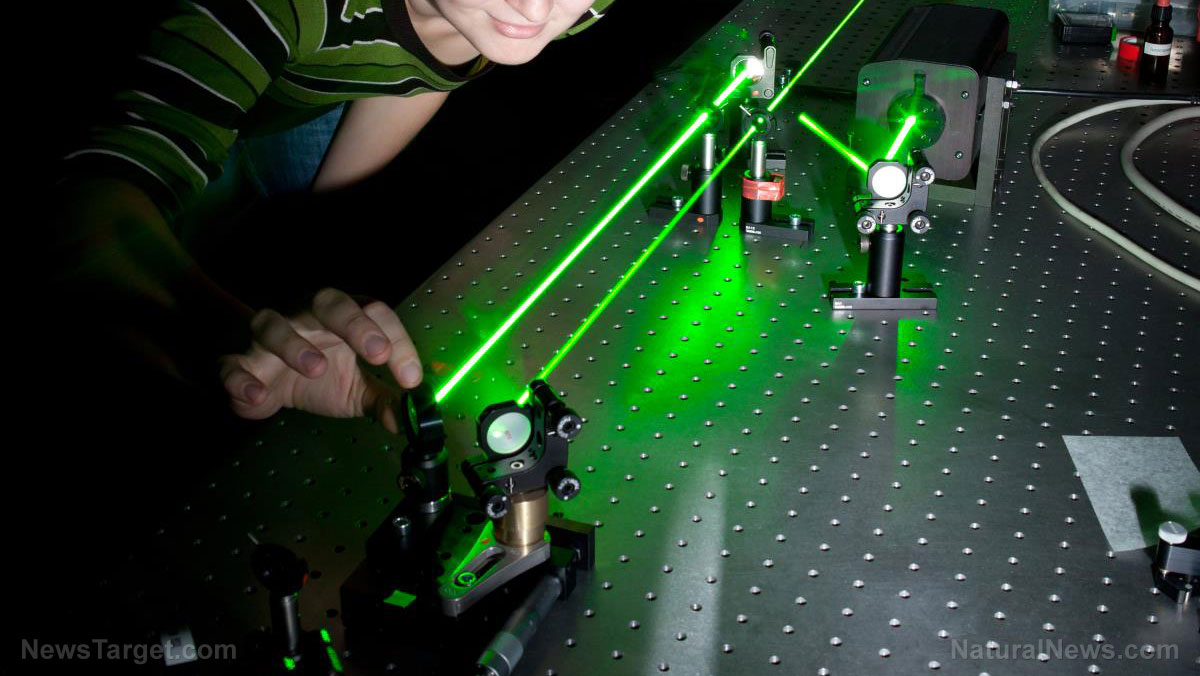MIT researchers develop new method that makes it possible to mass produce tiny robots no bigger than a cell
01/25/2019 / By Edsel Cook

American researchers can now produce large numbers of microscopic robots that are no bigger than a single cell. These synthetic cell (syncell) robots are made en masse by fracturing graphene sheets to produce pockets of the right shape and size in a process called “autoperforation.”
The pockets produced by this process will be fitted with microelectronics and materials. These simple robots will be able to gather data, store it for later use, and transmit messages.
Syncells and the autoperforation production method were developed by a research team from the Massachussetts Institute of Technology (MIT). They create the outer structure of the syncell using graphene sheets.
The researchers laid down an atom-thick layer of graphene on a surface. Small droplets of polymer are then added to serve as electronics. Finally, a second graphene sheet is laid atop the set.
Graphene sheets might be just a single atom thick, but they are also very brittle. The MIT researchers took advantage of that brittleness to produce small pieces of the same size and shape. (Related: Researchers develop tiny robot that moves like caterpillars and jellyfish, could be used for medical treatment inside the human body.)
Taking advantage of the brittleness of two-dimensional materials
The electronic polymers take the shape of round pillars on the bottom graphene layer. When the upper layer is placed atop of these pillars, parts of the sheet are forced to drape over the edges of the polymers. These areas develop lines of high strain.
Eventually, the graphene will fracture. However, the material will break only along the aforementioned lines of high strain. This controlled fracturing produces a circular disk of graphene with very neatly cut borders.
The effect applies to both the upper and lower layers. The edges of the pair of graphene disks will automatically stick together and seal the electronic polymer inside them.
In addition to graphene, other two-dimensional materials can also be used. Molybdenum disulfide and hexagonal boronitride are two such materials.
Earlier methods of producing microbots needed multiple complicated steps inside clean rooms. In contrast, the MIT technique needs only one step.
It can create microbots that are anywhere between 10 and 100 micrometers. At its smallest, a syncell robot would be around the same size as a human red blood cell. According to MIT research team leader Michael Strano, syncells will look and act like real cells.
Synthetic cell robots are all but indistinguishable from living cells
Strano and his team created synthetic cells to collect information on the environment that the robots are passing through. The surface of the microbots have sensors that can scan their surroundings. The gathered data will be stored for analysis once the syncells are recovered.
A swarm of these tiny robots can be injected into a pipeline or introduced into the digestive system. The syncells can record the chemistry and other properties of the areas they are passing through, which will give accurate data to oil industry experts and healthcare providers.
The graphene-based syncells are not yet as capable as the previous generations. However, the older microbots are built individually and painstakingly. The newest line can be produced much quicker and in far greater numbers.
Furthermore, the synthetic cells can perform many other missions depending on the electronics polymers inside them. Strano’s team demonstrated how a single syncell can serve as electronic memory that can write, read, and erase data.
The electronics inside the microscopic robot can store the data for months on end. It can protect the vital information from the liquid it is floating in. And it does not need power.
Sources include:
Tagged Under: breakthrough, electronics, future science, future tech, Graphene, graphene technology, innovation, inventions, materials research, microbots, microelectronics, microscopic robots, polymers, robotics, robots, syncell robots, synthetic cells



















